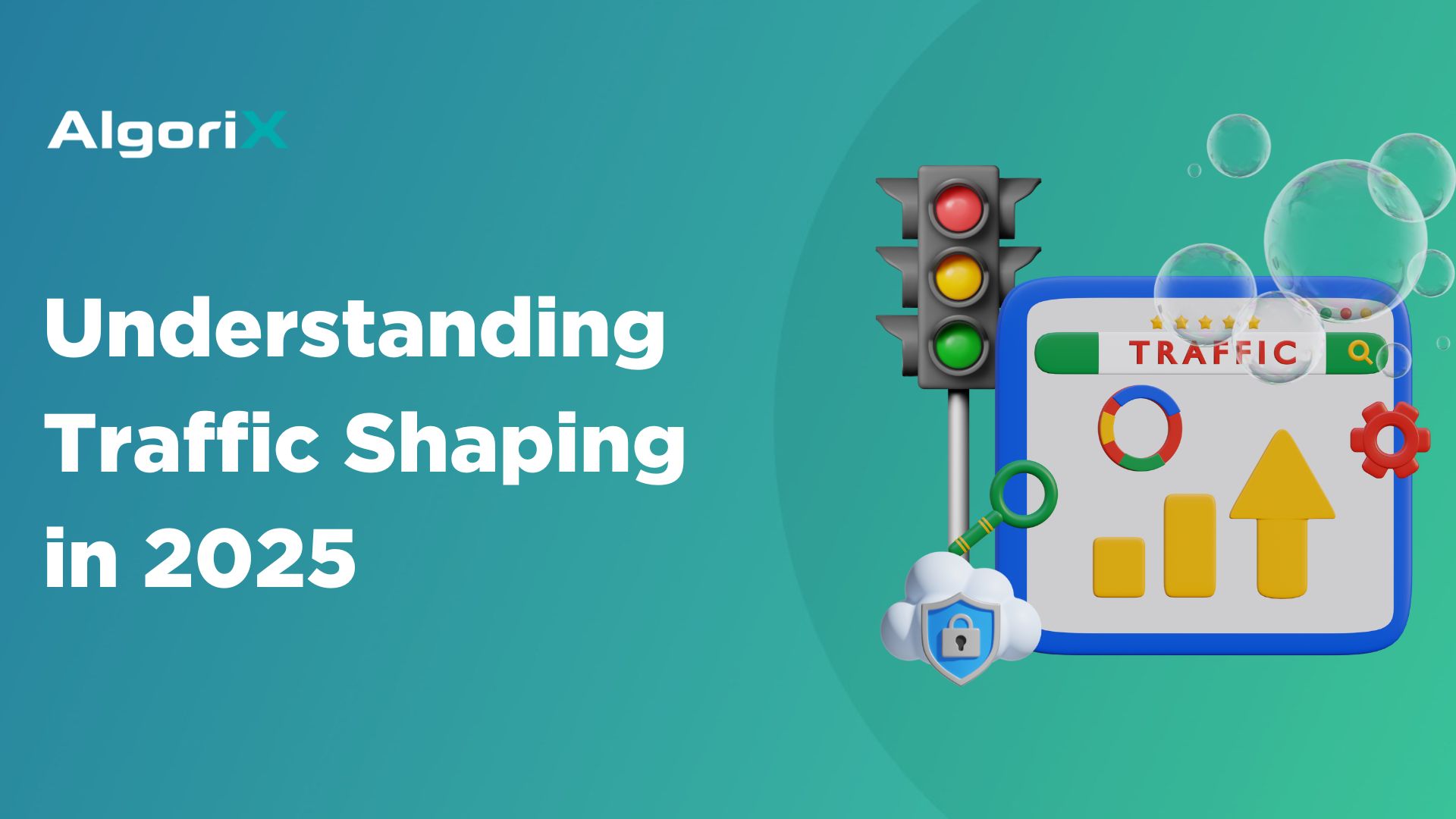The birth of mobile devices has allowed connectivity to be more seamless than ever. This provides brands with endless possibilities to connect with their prospects and customers. Eight out of every 10 digital minutes are spent on mobile devices, and an average consumer spends 3 hours a day on their mobile phones. It is no wonder mobile advertising spend now accounts for almost 70% of the overall digital spend.
In their May to June 2019 issue, Harvard Business Review tags today’s era as “The Age of Continuous Connection.” Continuous connectivity makes mobile a noisy battleground. Everybody is fighting for customer attention. Good marketers, however, know the last thing you want to do is to bombard your customers with generic and spammy messages. Mobile advertisers need to make sure that messages are relevant in order to improve customer experience.
How Do You Make Every Mobile Advertising Spend Count?
Marketers need to change their mindset from thinking that mobile is just another marketing channel. Instead, it’s a strategy that allows them to connect with their customers in real-time. Traditional marketing plans campaigns that are time-bound and designs customer journeys that are streamlined (e.g. Creating a website that supposes x no. of email subscription and expects readers to be a customer after sending the second email). Meanwhile, the “mobile marketing mindset” is shifting these pre-designed journeys to endless opportunities made possible by real-time data.
Maximize the Impact of Your Mobile Advertisement
In-App advertisement allows a mobile advertiser to access various data about the user. By noting the best practices from our partner DSPs, AlgoriX listed some ways for you to maximize the impact of your advertisements below:
1. Target Audience
If you want to create a great customer experience you need to keep in mind that your messaging must bring value to your customer. Make sure that your ad is served to the right person at the right location and at the right time. Mobile applications have the capability to target users based on location, demographics, and language, which advertisers can use as an ad trigger.
2. Impressions
Make impressions count by expressing a call to action that truly converts to an outcome (e.g. shop now). One challenge that brands need to overcome is thinking beyond the impressions and engagement numbers. Marketing activities start with a goal to increase the number of sales or revenue and it must end with KPIs that match the objective and is measurable (e.g. number of App Install)
3. Click Experience
Once a user clicks the ad, it leads them to your desired landing page. The landing page is one important factor in the conversion process. You have the attention of the user with the chance to communicate your value proposition. Create a Landing page with easy navigation, clear instructions, and a concise message.
4. Retargeting
The customer journey does not end with one interaction. People don’t make a decision right away all the time. What you need to do as marketers is to nurture them until they are ready to make a purchase. Reiterate your value to previous visitors and make them excited to visit your website again. This is the role of Remarketing. You can study the behavior of your visitors using various tools including tracking tags, analytics, and heatmap. Measure conversion rate, session duration, and find the answer to “why your visitors turn into a customer”?
Getting the first click is just the start of the journey, marketers need to walk with the consumer to see the path. This will provide insight that will help design the whole experience optimization.
—-
AlgoriX mobile ad exchange works with hundreds of publishers and app developers worldwide providing reach to millions of users daily. Our AI supply optimization maximizes our publisher partners’ inventory performance, thus delivering better results. To learn more about how Algorix can help brands get better ROI, visit our website https://www.algorix.co/.













